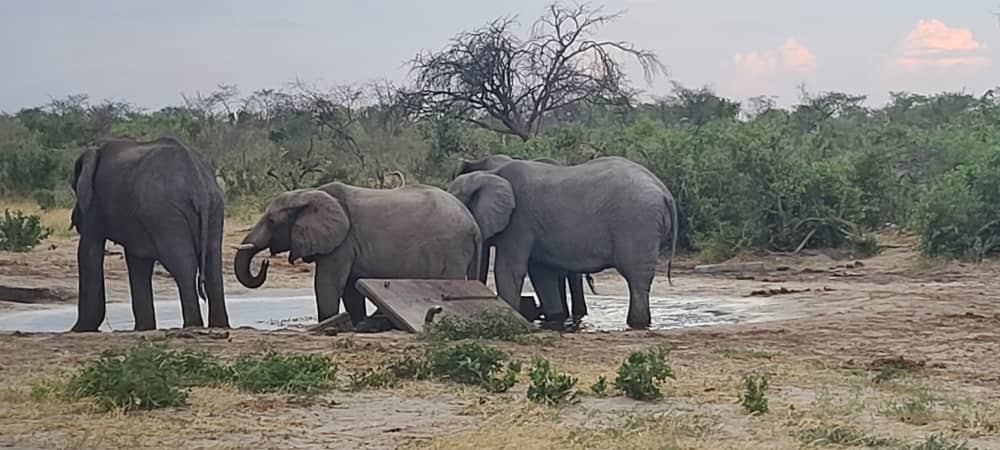 ZIMBABWE is working on a new 10-year Elephant Management Plan set to determine how the country’s huge jumbo population will be administered for the next decade.
ZIMBABWE is working on a new 10-year Elephant Management Plan set to determine how the country’s huge jumbo population will be administered for the next decade.
The three-day indaba, which ended at Hwange National Park this Friday, reviewed the country’s Elephant Management Plan, with a focus on the use of new technologies, climate change, and changing land use patterns.
“We have also noted that Hwange National Park is running on a budget of roughly US$500 000 against the required standard of roughly US$21 million, so we are also calling upon partners and stakeholders to make sure we manage this resource on behalf of communities. For the first time in our Elephant Management plan, we also have input from traditional leaders,” Zimparks Spokesperson, Mr Tinashe Farawo said.
Experts have identified gaps and opportunities for improvement in the next plan.
“Since 2014, we have been assisting ZIMPARKS in drafting its Elephant Management Plan. It is very important to promote sustainability in communities and to reduce human-wildlife conflict,” Director of International Programmes, Conservation Force, Mr Marco Pani noted.
Representative, Birdlife International Dr Lovelater Sebele noted that there are a number of emerging issues that were not previously included in the plan. These include climate change, increased access to information, and the use of technology, which is now enhancing the protection of our elephants.
“A good Elephant Management Plan has direct benefits in our industry, hence we find this Indaba to be very important,” Operator, Gwayi Valley Leisure Centre, Mr Chris Dube added.
There is consensus on the need to ensure that communities derive sustainable livelihoods from elephants in order to reduce human-wildlife conflict cases.
Meanwhile, the Zimbabwe National Parks and Wildlife Management Authority (Zimparks) has received equipment worth over US$100 000 and a vehicle from well-wishers for use in elephant management programs in and around Hwange National Park.

